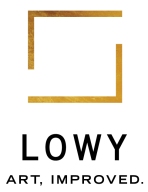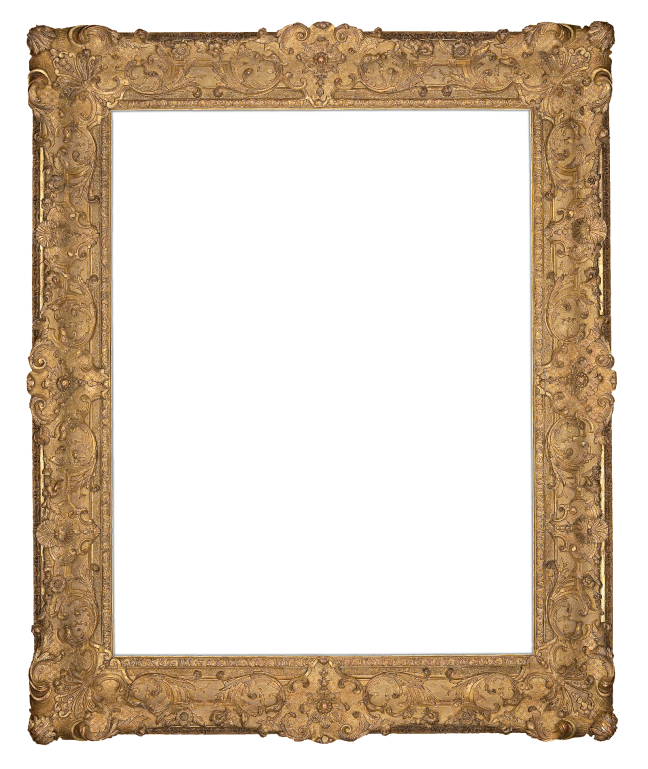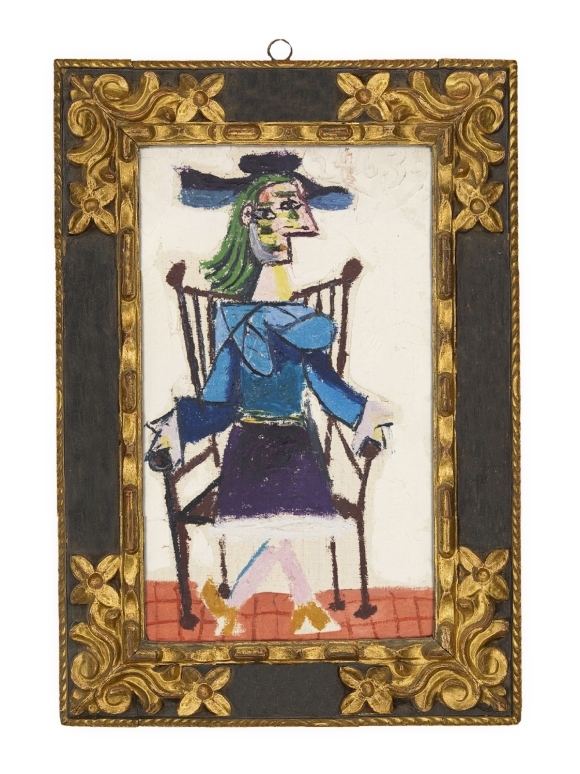This week’s featured frame is an American gilt composition frame, featuring a leaf-and‐berry top and a panel of intermittent rosettes connected by a geometric stylized design, created by the Philadelphia- based firm of G. Sauter. This piece exemplifies the artistic interest in stylized, ornamental designs and embellished surfaces seen during the late 19th century’s Aesthetic Movement.
Composition frames had grown popular throughout the century because they were easier to manufacture and worked with a variety of designs. The geometric motifs in this frame display the influence of architect and celebrated frame-maker Stanford White, who incorporated architectural design motifs and used European and Asian ornamental forms for inspiration. Most of the time, White designed a frame specifically for an artist or an architectural design project, such as in his collaborations with the American painter Thomas Wilmer Dewing.

With our vast collection of antique American frames and our personal knowledge of the period’s history, Lowy leads the way in preserving the frames that shaped 19th century American art.








